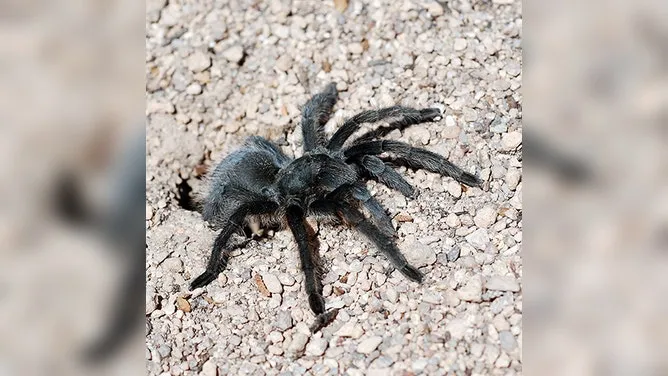Why Tarantula Crossbreeding Is Impossible
The fascinating world of tarantulas often sparks curiosity, and one common question is whether these arachnids can crossbreed. The short answer is no; tarantulas, like many animal species, cannot interbreed to produce viable offspring. Several biological, behavioral, and environmental factors contribute to this impossibility. Understanding these reasons provides insights into the intricate nature of tarantula biology and the processes that define species boundaries. Exploring the limitations of tarantula crossbreeding reveals the complexity and specificity of their reproductive systems, emphasizing the importance of maintaining genetic integrity within species. The natural world’s diversity stems from these reproductive boundaries, which ensure the preservation of distinct characteristics and adaptations in each species.
Biological Differences
At the heart of the inability to crossbreed lie fundamental biological differences between various tarantula species. These differences are critical in preventing successful reproduction. Key among these are the genetic incompatibilities and variations in mating behaviors, which, together, create significant hurdles that no tarantula can overcome. These biological factors demonstrate how each species maintains its genetic uniqueness. Understanding the mechanics involved helps demystify why crossbreeding is a non-starter and emphasizes the critical role of genetics and behavior in species definition and reproductive isolation. This intricate interplay between genetics and behavior ensures the species’ purity and integrity. The complex nature of tarantula biology plays a role in their inability to produce offspring through crossbreeding.
Incompatible Chromosomes
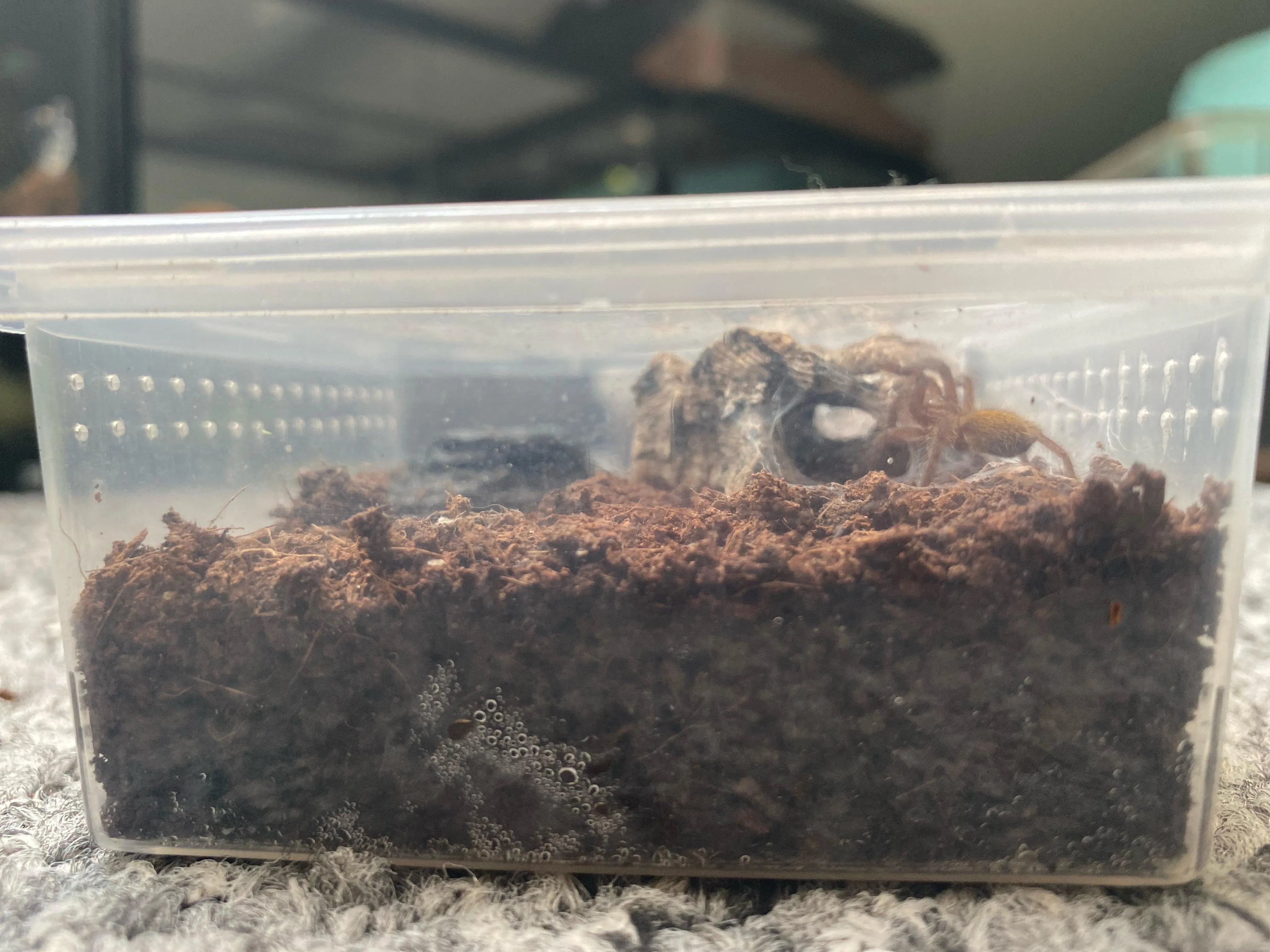
Chromosomes, the carriers of genetic information, are not compatible across different tarantula species. During the process of meiosis, where reproductive cells are formed, the chromosomes must align and pair up correctly. In tarantulas from different species, the structure, number, or even the genes on the chromosomes are so different that pairing is impossible. This incompatibility prevents the proper segregation of chromosomes, a necessary step for forming viable sperm and egg cells. Even if fertilization somehow occurred, the resulting embryo would likely have serious developmental problems, leading to the embryo’s death. The fundamental mismatch at the chromosomal level is one of the first barriers to crossbreeding.
Different Genomes
Every species has its unique genome, a complete set of genetic instructions that determine its characteristics. Tarantula species possess distinct genomes, where genes are organized differently, and the sequences vary. These differences affect physical traits, behavior, and physiology. When two tarantulas from different species attempt to breed, the resulting offspring would inherit conflicting genetic instructions, leading to developmental abnormalities. The differences in their genomes would also prevent the proper formation of proteins, enzymes, and other essential molecules, thus inhibiting the potential for healthy offspring. The genome’s role in the impossibility of crossbreeding underscores the complex nature of species differentiation and the importance of genetic integrity.
Mating Challenges
Beyond genetics, behavioral and physical differences also play a crucial role in preventing crossbreeding. These differences include variations in mating rituals, the physical structures necessary for mating, and habitat preferences. These barriers are crucial in maintaining the species’ integrity. The diverse set of behaviors and physical characteristics ensures that members of different species do not come into contact. The specific needs ensure that tarantulas only breed with their own kind. This combination of genetic and behavioral elements reinforces the reproductive isolation that characterizes the species.
Lack of Natural Crossbreeding
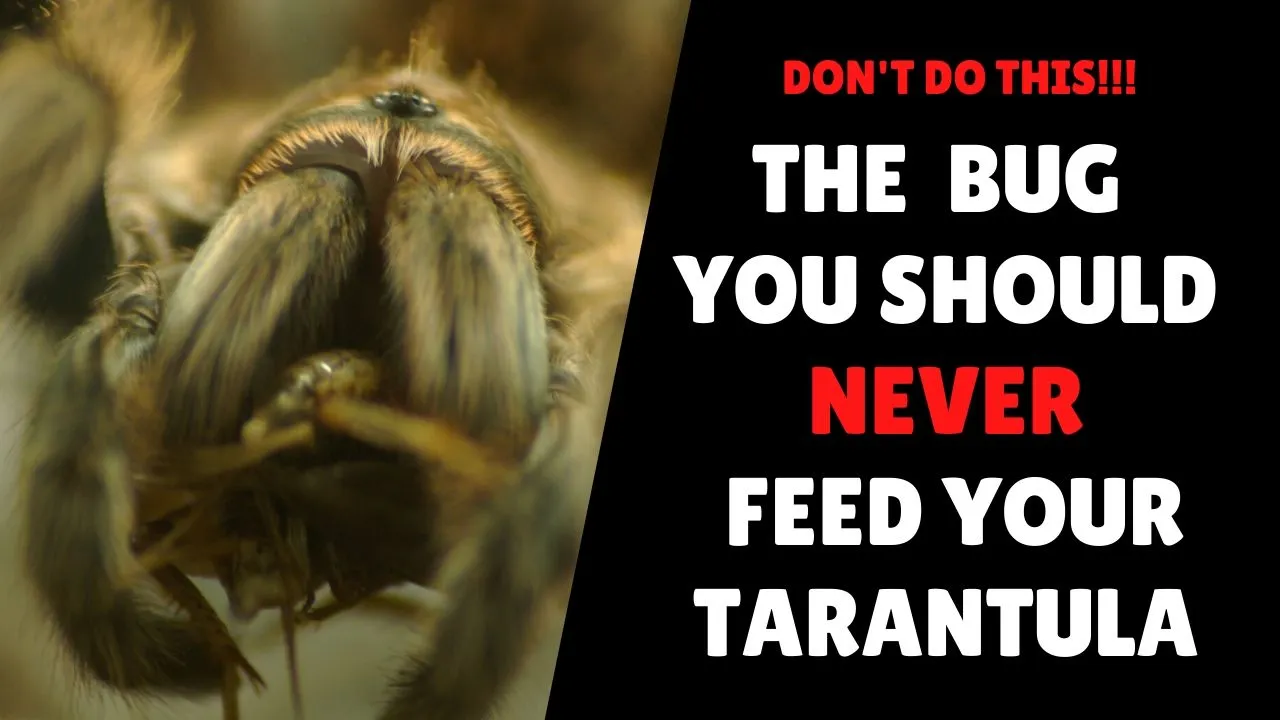
In the wild, crossbreeding between tarantula species is virtually non-existent. This lack of natural crossbreeding highlights the effectiveness of the reproductive isolation mechanisms. These mechanisms include physical, behavioral, and environmental factors. These species-specific behaviors and adaptations ensure that tarantulas from different groups do not interact reproductively. The absence of natural crossbreeding emphasizes the strength of these barriers and the importance of preserving species integrity within the natural environment. These natural boundaries ensure the preservation of unique species-specific traits.
Behavioral Barriers
Tarantula mating rituals are highly complex and vary greatly between species. These rituals often involve specific pheromones, courtship dances, and physical interactions. The male spiders perform dances, vibrate their bodies, and drum on the ground to attract females. Different species have different signals. Even if tarantulas from different species encounter each other, their mating rituals may not be understood or reciprocated. The behavioral differences often create a barrier to reproduction. This difference in the way different species interact ensures that mating does not occur between different types of tarantulas. The rituals’ complexity highlights the evolutionary pressures that shaped each species and the importance of species-specific reproductive behaviors.
Reproductive Isolation
Reproductive isolation is a core concept in biology. It ensures that different species remain distinct by preventing gene flow between them. In tarantulas, this isolation results from several factors that work together to prevent crossbreeding. The various mechanisms act as safeguards against interspecies breeding and ensure the continued distinction of each species. These barriers include genetic incompatibility, behavioral differences, and environmental factors. Each barrier ensures that crossbreeding is highly unlikely. The mechanisms of reproductive isolation are vital for maintaining biodiversity.
Geographic Isolation

Geographic isolation often plays a key role in reproductive isolation. Many tarantula species have specific habitats, which naturally prevent different species from coming into contact with each other. These geographic boundaries are due to the environmental factors like climate and food availability. The habitat preferences ensure that populations of different species are separated, thus minimizing opportunities for breeding. As different species are isolated by geography, they evolve separately and develop unique characteristics. This physical separation is one of the most fundamental reproductive isolation mechanisms. Geographic barriers contribute to the diversification of tarantula species.
Habitat Preferences
Tarantulas exhibit specific habitat preferences that further prevent crossbreeding. Some tarantulas may inhabit forests, while others prefer deserts. The habitats that a particular species requires include a specific temperature, humidity, and the presence of suitable prey. Even if two tarantulas from different species were to meet geographically, their different habitat preferences would make it difficult for them to survive together. The specific environmental needs of each species ensure that they can thrive in their specific niche. Habitat preferences are, therefore, integral to the overall reproductive isolation. These factors, in combination, provide a solid barrier to interspecies breeding.
The Role of Genetics
Genetics forms the cornerstone of species differentiation and reproductive isolation in tarantulas. The species’ genetic makeup prevents successful crossbreeding, even if mating attempts were to occur. The genetic characteristics contribute to the tarantulas’ unique identities. The understanding of tarantula genetics is critical to species classification and also underlines the importance of conservation efforts, which aim to preserve genetic diversity. The specific genetic makeup of each species is the ultimate reason why crossbreeding is impossible. The study of tarantula genetics is a fascinating field that sheds light on the evolutionary history and diversity of life.
Genes and Species
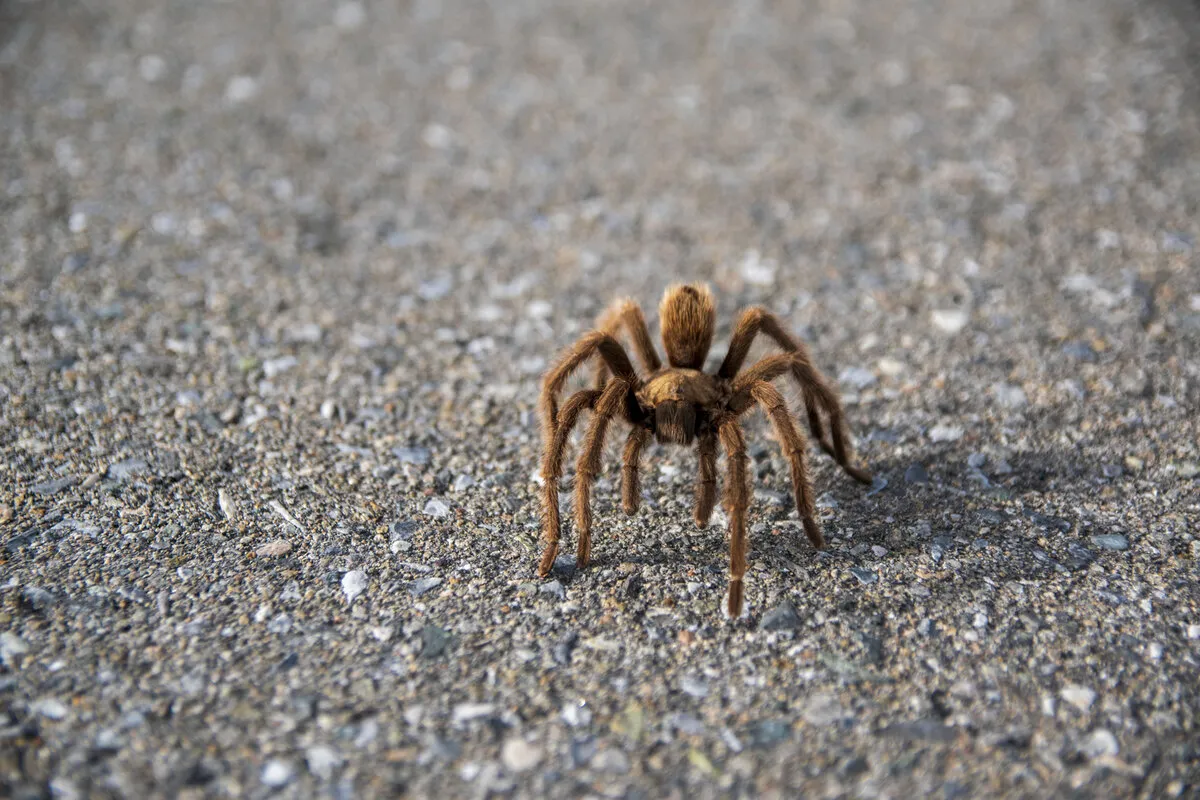
Genes are the fundamental units of heredity. They determine all traits. Genes are like the blueprints for an individual tarantula. Each gene contains information for a specific trait. The subtle variations in genes are what separate different species. These variations are why crossbreeding does not occur. The unique combination of genes provides the foundation for the distinctive features that define a species. It prevents the crossbreeding of different species. The study of genes provides insights into how new species evolve and how they remain distinct. It is the reason why tarantulas cannot crossbreed.
The Spider Genome
The tarantula genome, a complete set of genetic instructions, is another key factor in preventing crossbreeding. The genome contains all the information necessary for the development and maintenance of a tarantula. Different species have different genomes that have evolved to match the species’ environment. These differences in the genomes make crossbreeding impossible. They ensure that offspring will not develop properly. Even slight changes in the genome can lead to significant changes in the tarantula’s physical attributes and behaviors. The distinctness of each tarantula’s genome is fundamental to the concept of species. The unique set of genetic instructions determines each species’ characteristics and prevents crossbreeding.
Hybridization Attempts
While crossbreeding is not possible in tarantulas, some may have attempted to do so. These attempts always result in failure due to the biological and behavioral incompatibilities. They serve as evidence of the strict barriers that prevent crossbreeding. The challenges highlight the complex nature of tarantula biology. The lack of any successful attempts emphasizes the impossibility of crossbreeding. These failures, in turn, show the importance of species integrity. The natural world carefully maintains boundaries. These boundaries are essential for evolutionary processes.
Ethical Considerations
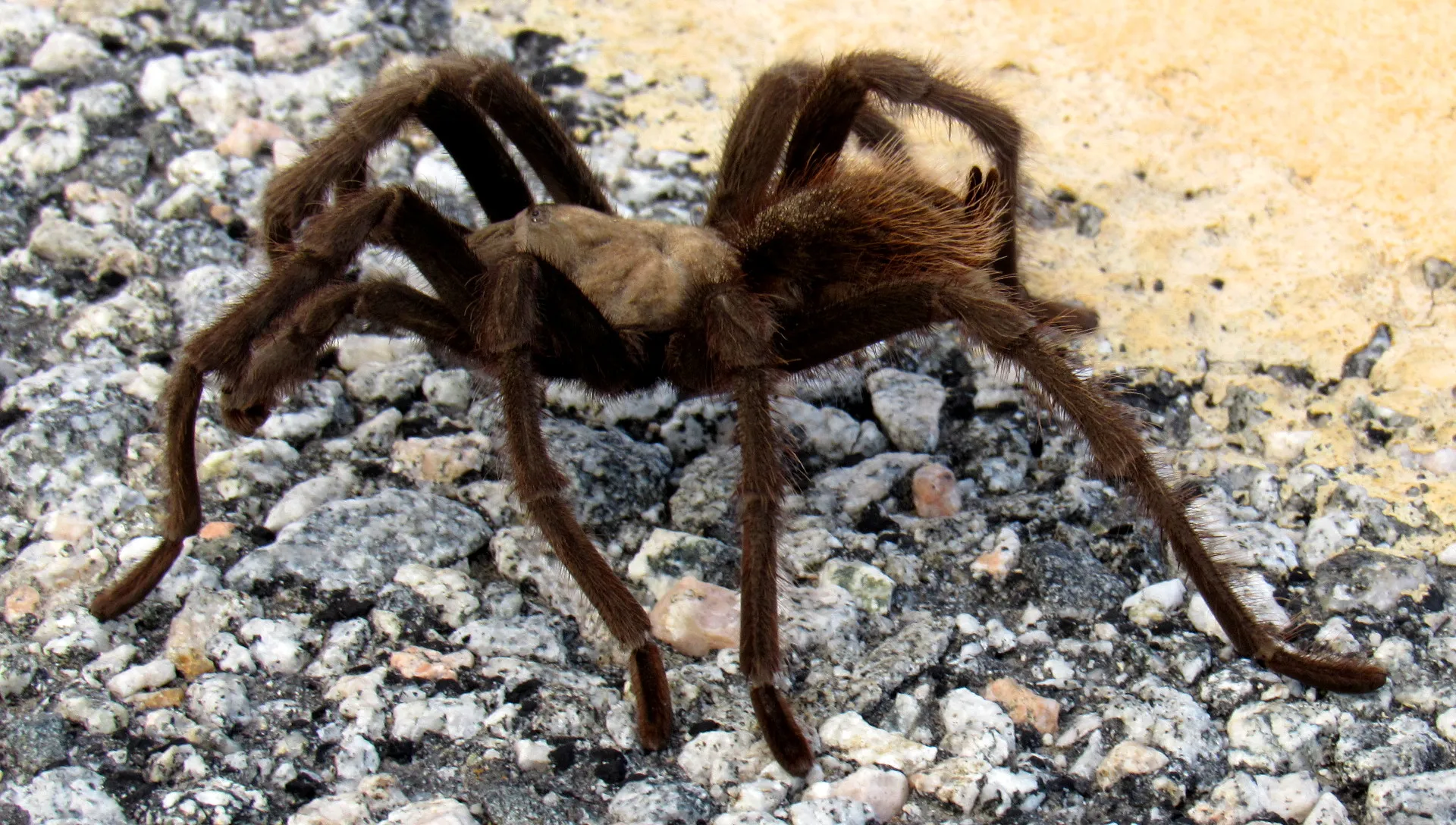
Any efforts to crossbreed tarantulas raise several ethical considerations. These involve the potential for animal suffering and welfare, as well as concerns about disrupting the natural world. The ethical implications of such actions are significant. They need to be addressed before engaging in any artificial attempts at crossbreeding. The scientific community is obligated to consider the potential impact on animal welfare. They must respect the integrity of the species. It is the reason why crossbreeding attempts are rare. There are significant moral implications to be considered.
Conservation and Tarantulas
Understanding why tarantulas cannot crossbreed is essential for conservation efforts. Preserving the genetic diversity within each species is crucial for maintaining the health and resilience of tarantula populations. Conservation strategies should focus on protecting the habitats where these species live. These efforts help to ensure that the species remain separate and do not interbreed. Conservation plays a vital role in safeguarding the natural world, and, in the case of tarantulas, ensuring they remain separate. Protecting their environments and their genetic integrity are very important for the survival of the species.
Conclusion
In conclusion, the impossibility of tarantula crossbreeding stems from a combination of biological, behavioral, and environmental factors. Genetic incompatibilities, differences in mating behaviors, reproductive isolation mechanisms, and geographic and habitat preferences all contribute to maintaining distinct species. The lack of any natural or successful artificial crossbreeding attempts underscores the strength of these barriers. This knowledge highlights the importance of species conservation. By understanding the reasons why tarantulas cannot crossbreed, we can gain a deeper appreciation for the complexity of these creatures. Preserving their genetic diversity and the integrity of their habitats becomes paramount. Understanding these boundaries ensures the continued health and resilience of tarantula populations.
